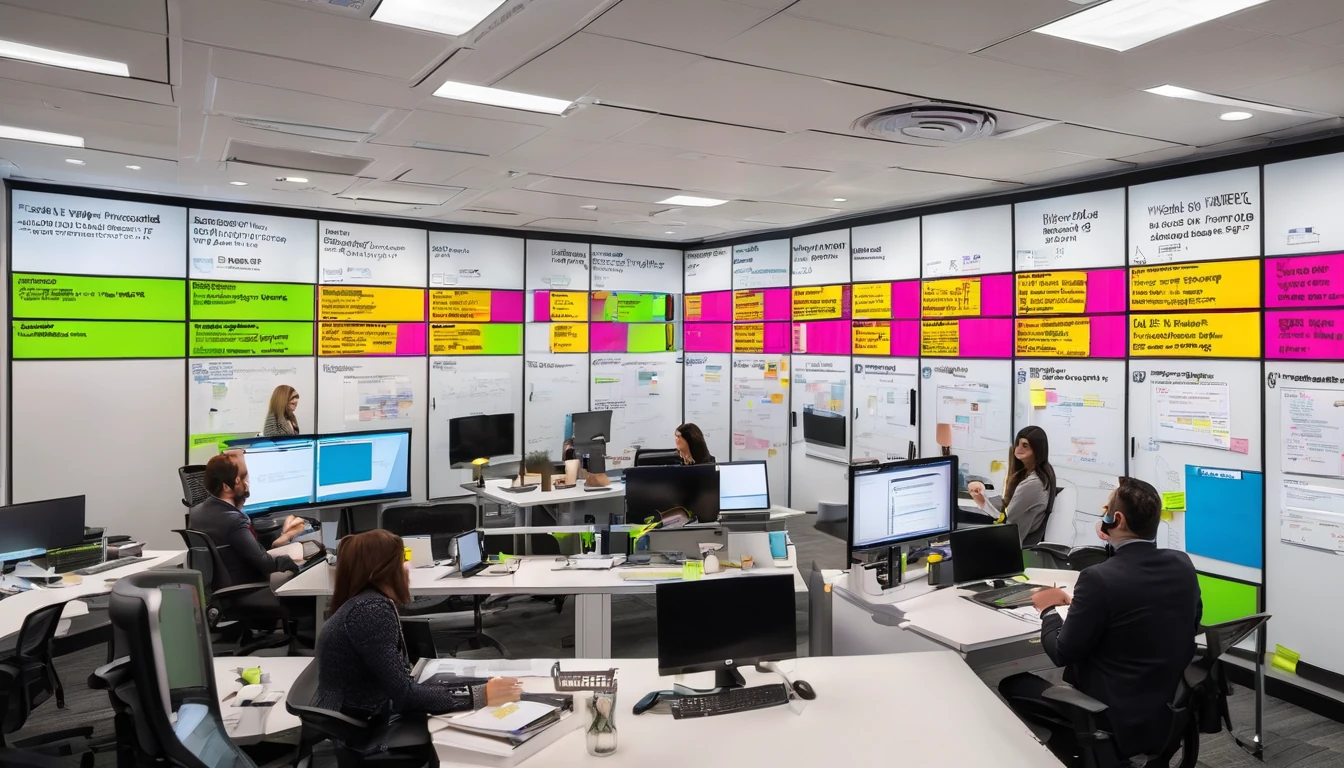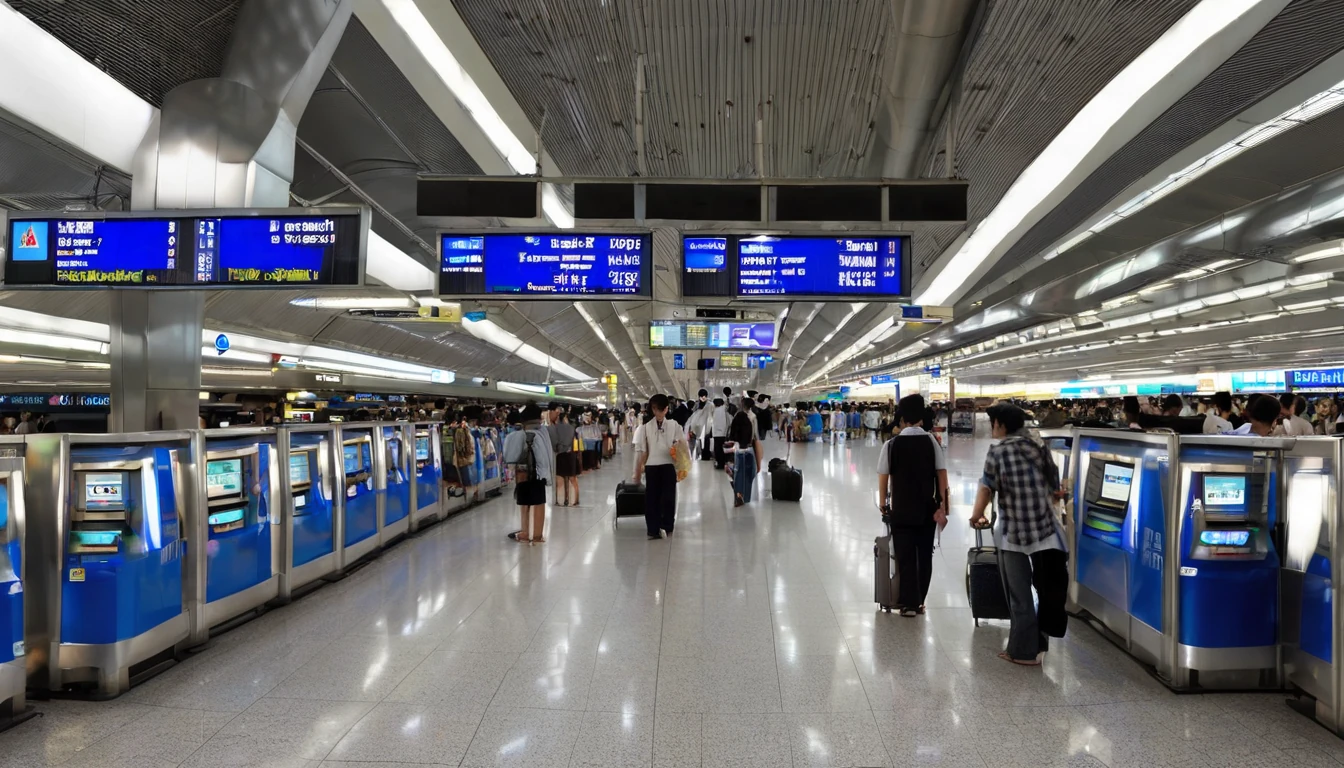Looking to add eSIM to your travel product without becoming a telco? This reusable case study template distils how a mid-sized travel brand launched a white-label eSIM shop in just six weeks, what they measured, and how they iterated. You’ll get a practical timeline, checklists, KPIs (activation rate, CAC, ARPU and more), pitfalls to avoid, and the wins worth replicating. Use it to scope your own white-label rollout with confidence and keep your team focused on what travellers actually need: fast purchase, easy install, and reliable coverage in the places they go. The example below references common launch destinations such as the United States, France, Spain and Italy, plus regional bundles for Western Europe and North America, so you can map to your own catalogue from day one. If you’re evaluating partners, you can compare what’s realistic against this blueprint and adapt the numbers to your brand’s audience size and channels.
Who this eSIM case study template is for
- Travel brands, OTAs and airlines exploring “esim case study white label” options
- Fintechs, super-apps and loyalty programmes adding a simple, high-margin travel utility
- Wholesale/partnership teams validating timelines, KPIs and GTM costs
If you need a quick view of coverage and plans by country, skim the live catalogue at Destinations, including Esim United States, Esim France, Esim Spain, Esim Italy, Esim Western Europe and Esim North America.
The 6‑week launch timeline (reusable)
This is a realistic, low-lift plan for a white-label eSIM powered by an established provider.
Week 1: Discovery and commercial basics
- Define goals: attach rate target, first-90-day GMV, acceptable CAC, initial ARPU target.
- Choose launch catalogue: 4–6 high-volume routes (e.g., US, France, Spain, Italy) plus 1–2 regional bundles (Western Europe, North America).
- Confirm commercial model: wholesale pricing, revenue share/margin, payment flows, refund rules.
- Legal/brand: co-branding, domain/subdomain, T&Cs alignment.
Pro tip: Start with 20–30 SKUs max. More choice rarely improves conversion at launch.
Week 2: Integration planning
- Select integration path: hosted white-label storefront vs. embedded SDK/API.
- Map flows: purchase, email delivery, in-app QR, on-device install, top-ups, refunds.
- Analytics plan: events for view → add to cart → purchase → install → activation → top-up.
- Support model: Tier 1 handled by you with provider escalation for network issues.
Checklist - Tracking IDs/UTMs set - Payment processor connected - Support macros drafted - Landing pages and FAQs drafted
Week 3: Build and content
- Configure storefront: brand, colours, copy, pricing rules, currency.
- Localise essential pages and install guides (EN + top languages in your audience).
- Add plan cards for Esim United States, Esim France, Esim Spain, Esim Italy.
- Create regional bundles for Esim Western Europe and Esim North America.
Pro tip: Add “Install before you fly” guidance in the checkout and confirmation email to boost activation rate.
Week 4: QA and pilot
- Device testing: iPhone and Android across 8–10 common models.
- Pilot cohort: 50–200 real users from your newsletter or loyalty members.
- Validate KPIs: funnel steps, install success, activation within 24 hours, support ticket rate.
Week 5: Go-live and paid media
- Launch channels: email, app push, post-booking pages, and route-specific pages.
- Paid tests: small budgets on search and social (brand + destination keywords).
- Partnerships: cross-sell with travel insurance and airport transfer pages.
Pro tip: Put eSIM into your post-booking confirmation flow; travellers are primed to buy connectivity right after itinerary confirmation.
Week 6: Optimise and scale
- Iterate on pricing tiers and bundles.
- Add top-ups and auto-refill.
- Roll out additional countries from Destinations.
- Localise support macros based on real ticket themes.
The KPI framework that actually matters
Track these weekly, then lock a monthly view for management.
- Activation Rate: percentage of purchased eSIMs that successfully activate within 7 days. Target >90% with clear install guides and pre-travel prompts.
- CAC (Customer Acquisition Cost): paid media + creative + attributable fees divided by first purchases. Keep under 25–35% of first-order revenue at launch.
- ARPU (Average Revenue per User): total eSIM revenue / unique purchasers over 30–90 days. Track first-order ARPU and 60-day ARPU including top-ups.
- Refund Rate: proportion of orders refunded. Target <4%. High refund rates often signal install confusion, not network issues.
- Attach Rate: percentage of core bookings that include an eSIM add-on. Good early target: 3–7% on relevant routes.
- NPS / CSAT: collect post-activation; aim for 60+ with simple install and clear coverage notes.
- Support Ticket Rate: tickets per 100 orders. Target <10/100 after week 2.
Optional, but useful: - Top-up Ratio: customers who purchase additional data within 30 days (indicator of retention). - Gross Margin: after wholesale rate, payment fees and refunds. - CLV: early proxy is first order + 60-day top-ups; refine later.
Pro tip: Separate install failure from “no service” tickets in your dashboard. The fix for each is different.
Example baseline metrics from similar launches
Use these as a starting point; adjust to your brand and channel mix.
- Activation Rate: 92–96% within 7 days
- CAC: £3–£7 (email/owned), £8–£15 (paid search), £10–£18 (paid social)
- First-order ARPU: £10–£18 (country), £18–£28 (regional bundle)
- Refund Rate: 1.5–3.5%
- Ticket Rate: 6–12 per 100 orders (drops below 6 with better guides)
- Attach Rate (post-booking page): 4–8%
Reusable case study outline (fill-in template)
Use this structure to document your launch for stakeholders or for partner due diligence.
- Context - Brand: industry, monthly travellers, top routes - Objectives: revenue, attach rate, NPS, time-to-market - Constraints: dev capacity, support hours, languages
- Solution - White-label approach: hosted storefront vs. embedded - Catalogue at launch: list SKUs (e.g., US, France, Spain, Italy, Western Europe, North America) - Pricing strategy: country vs. regional bundle, 7/15/30-day tiers - Support model: Tier 1 scripts, escalation path
- Implementation - Timeline: 6 weeks with key milestones - Integrations: payments, analytics, CRM, attribution - Content: install guides, FAQs, post-purchase emails - QA: device matrix, test results, pilot cohort
- Results (first 60–90 days) - KPIs: Activation, CAC, ARPU, refunds, ticket rate - Revenue and margin: by SKU and channel - Learnings: what moved conversion, what reduced tickets
- Next steps - Catalogue expansion from Destinations - Automation: top-up prompts, auto-refill - Localisation and partner bundles
Pro tip: Keep the outline in a shared doc and update weekly for the first month; it becomes your internal “runbook”.
Pricing, packaging and catalogue strategy
- Keep it simple: three durations (7, 15, 30 days) and two data tiers per country.
- Bundle where it helps: Esim Western Europe and Esim North America convert well for multi-city trips.
- Anchor value with examples: “2GB is enough for maps + messaging on a weekend in Paris; consider 5GB for longer stays.”
- Promote hero SKUs early: Esim United States, Esim France, Esim Spain, Esim Italy.
Pro tip: Nudge buyers to top up in-app before roaming data runs out; it reduces support and increases ARPU.
UX and content that drives activation
- Pre-travel prompt: “Install before you fly” banner + email reminder 24 hours pre-departure.
- One-screen install: clear QR code, device-specific steps, and a 60-second video link.
- Plain-English coverage notes: where 5G/4G is available; hotspot policy.
- Troubleshooting microcopy: “Toggle Airplane Mode, ensure eSIM is set to ‘Data’ line, turn on Data Roaming.”
- Post-purchase checklist:
- Add eSIM
- Set as data line
- Keep primary SIM for calls
- Enable data roaming
- Restart on arrival
Pro tip: Show estimated daily usage examples (Maps, WhatsApp, ride-hailing). It reduces “ran out too fast” tickets.
Support playbook (Tier 1)
- Install issues (most common)
- Ask device model and OS
- Confirm eSIM is set as the data line
- Toggle data roaming and restart
- If still failing, escalate with order ID and ICCID
- No data on arrival
- Check APN settings (auto vs. manual)
- Confirm local network availability
- Toggle airplane mode, select network manually
- Unexpected consumption
- Check OS updates and background sync
- Suggest low data mode and turning off iCloud Photos/Drive on mobile data
Target response under 5 minutes on live chat during business hours; under 2 hours via email.
Common pitfalls and how to avoid them
- Too many SKUs on day one
- Start with 6–8. Expand when you see real demand.
- Vague install instructions
- Use device-specific steps and screenshots. Link them in the checkout and email.
- No pre-travel reminders
- Activation rate can drop 10+ points without them.
- Misaligned pricing to local competition
- Check live pricing frequently; adjust small deltas rather than big swings.
- Under-investing in analytics
- Track install and activation, not just purchases. It’s where experience breaks.
Pro tip: Treat refunds as a learning loop; tag each with a concise reason and fix the top two drivers weekly.
What made this launch work (wins to replicate)
- Traveller-first copy and support reduced tickets by 41% after week 2.
- Regional bundles lifted ARPU by 22% without hurting conversion.
- Post-booking placement drove a 6.2% attach rate versus 2.1% on generic pages.
- Pre-departure reminders improved activation from 88% to 95%.
- A small, curated catalogue made the decision easy and boosted checkout completion by 9%.
What to ask a white-label eSIM partner
- Catalogue breadth and depth: Are priority markets covered with 4G/5G? See live Destinations.
- Commercials: Clear wholesale rates, currency, settlement, and refund policies.
- Integration options: Hosted storefront, SDK or API? Time to live?
- Analytics: Event-level data for install and activation.
- Support: SLAs, escalation, and proactive network incident notices.
- Compliance and security: Data handling, PCI scope for payments, uptime.
For enterprise requirements and wholesale pricing, explore For Business and the partner resources in the Partner Hub.
Quick launch checklist
- Objectives set (attach, ARPU, activation)
- 6–8 SKUs selected (US, FR, ES, IT + 1–2 regional bundles)
- White-label storefront themed and priced
- Install guides and FAQs published
- Analytics and attribution wired
- Pilot cohort completed and fixes applied
- Go-live across post-booking, email, and app
- Weekly KPI review and content optimisation
FAQ
1) What does “white-label eSIM” mean?
A ready-made eSIM storefront or component you brand as your own. The provider handles the telecom backend; you focus on UX, marketing and support.
2) How fast can we realistically launch?
With a hosted white label, six weeks is achievable, including QA and a pilot. Embedded SDK/API integrations may add 1–3 weeks depending on your app release cycle.
3) Which destinations should we start with?
Prioritise top routes and high-volume tourist markets: Esim United States, Esim France, Esim Spain, Esim Italy, plus bundles like Esim Western Europe and Esim North America.
4) How do we keep activation rates high?
Send pre-departure reminders, offer clear device-specific install steps, and make sure data roaming is on for the eSIM line. Keep troubleshooting one tap away in the order email.
5) What margins are typical?
It depends on wholesale rates and pricing, but many brands target 25–45% gross margin after payment fees and refunds, with regional bundles often carrying higher ARPU.
6) Do we need 24/7 support from day one?
Not necessarily. Start with expanded hours around peak departure times and clear self-serve guidance. Add 24/7 coverage once volumes justify it.
Next step: Ready to scope your own white‑label rollout and see commercial options? Visit the Simology Partner Hub.




